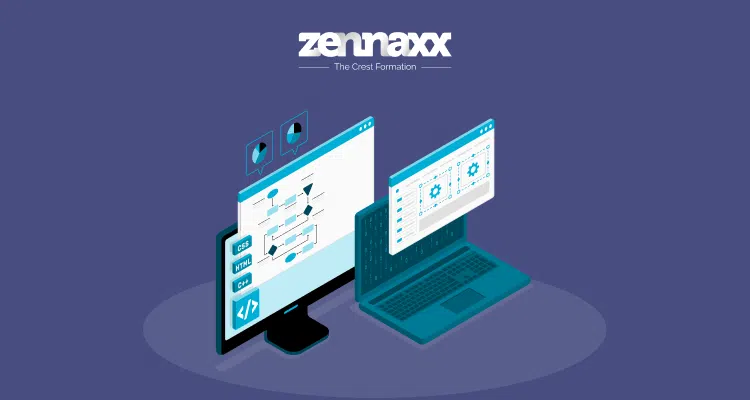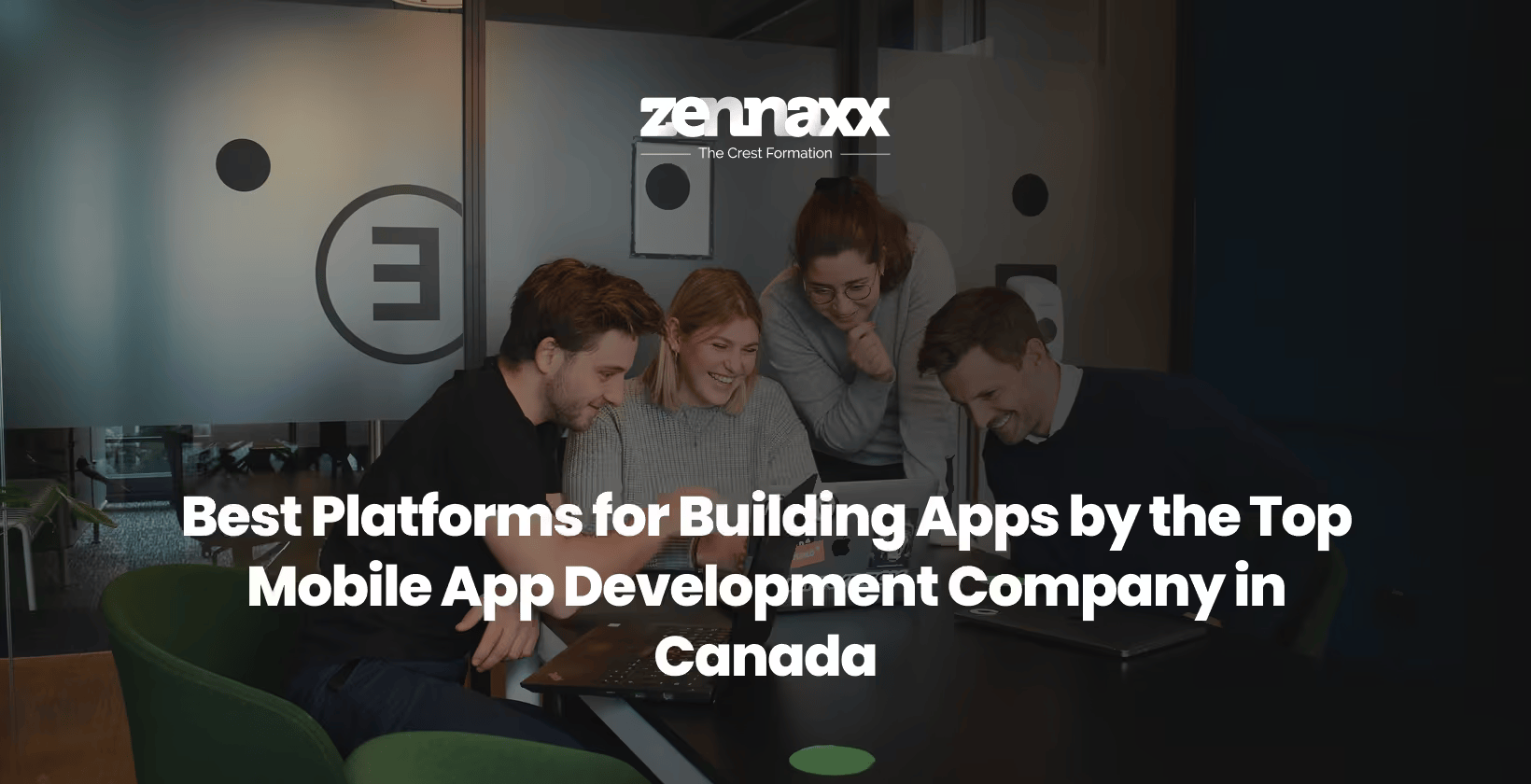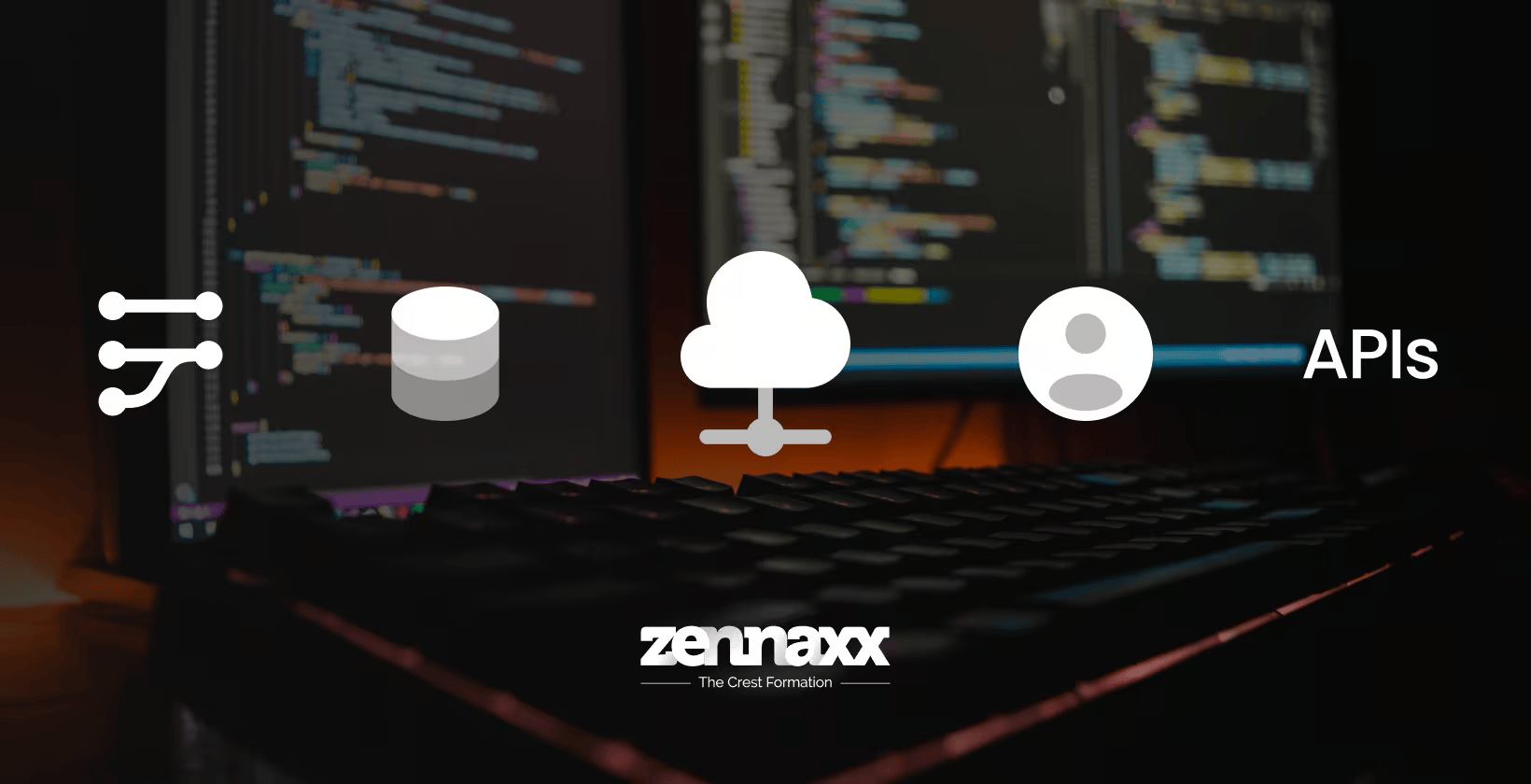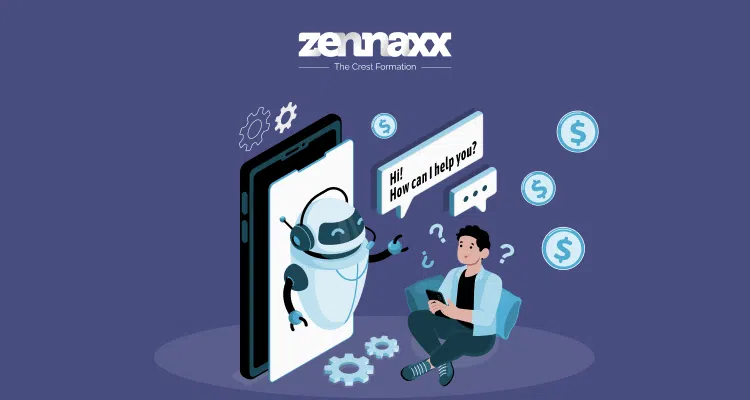Deciding what business model to use is not an easy task considering the numerous options that businesses have.

What is a Business Model?
The first step in choosing the right business model for your software company is to know what the main goal of the company is.
A well-developed business model needs to concentrate on:
- Their chosen target customers
- Specific fields in which they will concentrate
- Products and services that they will offer
- We are going to market and sell these products and services.
- The potential costs and risks that your company might be faced with
- The revenue you hope to make
- Your plan on how to generate and keep a profit
Choosing Between Different Types of Business Models
Choosing the right business model is revolutionize decision for any software company. The choice depends on several factors. These include software, target market’s needs, and long-term business goals.
- Revenue Streams: Will you make money from one-time sales, subscriptions, or a freemium model?
- Customer Engagement: How will you interact with your customers? Direct sales, channel partners, or online platforms.
- Scalability: Can your model support growth and adapt to market changes?
- Cost Structure: What are the costs of developing, distributing, and maintaining your software?
By evaluating these factors, you can consequently choose a business model that will maximize your success and, furthermore, align with your business strategy.
On-Premise Business Models
The on-premise business model is a traditional approach in the software industry. This means selling software licences to customers. They then install the software on their local servers or computers.
Key Features of On-Premise Business Models:
- Control: Customers have complete control over their data and the software environment.
- Customization: Software can be built as per the business needs.
- Security: Data is stored locally. This benefits industries with strict privacy rules.
- Upfront Costs: Usually, it means higher initial costs for the customer. They must buy hardware and software licences.
- Maintenance: Customers must maintain and update the software. This may require dedicated IT staff.
The on-premise model offers great control and security. But, it requires a big investment and resources from customers.
1. Cloud Software Business Models
The cloud software business model has changed the way software is used in the business that is consumed and delivered.
Key Features of Cloud Software Business Models:
- Accessibility: Software can be accessed from anywhere with the internet. It enables remote work and collaboration.
- Scalability: Resources can be increased as needed. It ensures performance without an investment.
- Cost Efficiency: It's a pay-as-you-go subscription. Use it as needed.
- Automatic Updates: The provider regularly updates the software. This gives customers the latest features and security patches.
- Reduced IT Burden: Cloud providers manage infrastructure. This lets customers focus on their core business.
2. Software As A Service (SaaS) Business Model
Customers can use the SaaS business model by taking a subscription plan and using it through web browsers to access the software. It decreases the installation hassle and overall space maintenance on the device.
Key Features of the SaaS Business Model:
- Subscription Pricing: Customers can make a payment annual and monthly for using the software that gives the predictable revenue management in the company.
- Multi-Tenancy: A single software instance serves multiple customers. This saves costs and uses resources efficiently.
- Accessibility: Users can access the software from any internet-enabled device. This promotes flexibility and mobility.
- Automatic Updates: The provider handles all updates and maintenance. Users will always have the latest version, without disruptions.
3. IaaS and PaaS Models
1.1 IaaS (Infrastructure as a Service)
IaaS was over a quarter of the cloud market where public cloud IaaS revenue increased $115 billion in 2022 to over $180 billion by 20224.
Boost Your Business with Custom Software
Empower your business with our custom software. Get started today—contact us for a free consultation!
1.2 Infrastructure as a Service
- Key Benefits: It can scale resources, cut hardware costs, and charge only for what is used.
- Use Cases: For businesses that need control over their infrastructure.
1.3 PaaS (Platform as a Service)
Overall cloud service market is filled by 20% and it is considered to be one of the dominant segments. The PaaS market has surpassed $145 billion in revenue.
4. Platform as a Service (PaaS):
- Key Benefits: It speeds up development. It does this by providing pre-configured environments. It reduces the complexity of managing hardware and software. It also supports collaboration among development teams.
- Use Cases: Great for developers who need to build apps fast. They should not worry about the underlying infrastructure.
IaaS and PaaS have distinct advantages. They can combine with SaaS to create full cloud solutions.
This will provide advanced features to run and manage the business. Moreover, these models offer the flexibility and efficiency to support modern businesses. Consequently, they enable innovation.
Hybrid Software Business Models
1. Software Licensing Business Models
Software licensing business models focus on how software is sold and used.
The traditional approach sells licenses to customers. This grants them the right to use the software under certain conditions.
Licensing is perpetual or a subscription-based where customers can pay one-time free to use it for lifetime.
This model ensures customers can legally access the software. It also gives a clear way to generate revenue.
One of the most used platforms is Adobe Creative Cloud. It is a subscription-based licensing model.
Customers can pay monthly or annually to use the software. The recurring subscription automatically updates new features.
Proprietary Software Business Model
The proprietary software model involves selling software. The developer can control it with easy maintenance. Customers purchase licenses to use the software but do not have access to the source code.
Proprietary software often includes dedicated support and updates. It gives customers a reliable, secure solution. Apple sells its macOS operating system as proprietary software.
Customers buy Macs with macOS pre-installed. They cannot access the source code and must buy licenses to use it.
Open Source Software Business Models
Open-source software business models make the source code public. It must be free. Users can download, use, modify, and distribute the software without paying for it.
Companies using this model usually earn money through support, custom work, or dual licensing.
The latter offers a proprietary version. Open-source software boosts community collaboration and innovation. It often leads to strong, popular solutions.
All websites are built on WordPress. It is an open-source content management system.
Other Software Licensing Business Models
Pay-per-use models charge customers based on their usage, providing flexibility and cost-efficiency. Site licenses let organizations use the software, at multiple sites, for a single fee. These diverse models offer options.
They can be tailored to meet specific customer needs and market conditions. Spotify has a freemium model.
Basic music streaming is free. Users can pay for a premium subscription. It adds features, like offline listening and no ads.
Want to Automate Your Business Process With a Software Solution?
Zennaxx, a leading software development firm in Canada, has delivered 700+ bespoke solutions spanning various industries.
Target Audience Business Models (B2B & B2C)
Target audience business models focus on the software’s users: businesses (B2B) or consumers (B2C). B2B models serve other businesses.
They provide specialized, high-value solutions that boost efficiency and productivity. B2C models are for individual consumers. They typically offer easy, cheap software
First, know your target audience. This understanding helps you tailor your business model to better meet their needs and expectations. Consequently, this will lead to greater market success.
Salesforce, B2B customer support platform is specifically designed for the particular set of target audience that is B2B and B2C companies.
Similarly, Netflix that we use to watch movies and series where consumers can use it for streaming and avail of services directly from the web as well as by downloading applications.
Software Revenue Business Models
Software revenue models are ways businesses make money from their products and services.
Many software companies prefer to incorporate connectors based on these models into their products, making them popular among large customer communities.
Here are some of the major business models and revenue streams:
Paid Apps & License: The company charges customers for installing and using the software. About on-premise software, this is normally a one-time, upfront fee.
In-App Advertising: the app is free to users but the company makes the profit by selling advertising for the app. The following are some familiar advertising companies: Facebook and Twitter. It may be in a similar concept, including sponsored content online.
In-App Purchases: Users can download the app for free but they have the option to purchase various products and services within the app. This is regularly applied on e-commerce apps.
Subscriptions: Users remunerate a due at intervals as prescribed, monthly or annually, in order to the app and its facilities. Technically, users rent the software instead of buying it. This method is likely to be a combination of free trials and a freemium approach where simple features are available for free and advanced ones are on a payment basis.
Usage-based Model: The company charges customers based on how much they use the product or service. This type of business model is common in B2B products.
Transaction Fee: Companies get a small percentage from every purchase made through their portal. An illustration includes eBay or Uber.
Charges for Support and Consulting: Revenue sources primarily stem from offering specialized and non-common services. For example, these include custom software development or consulting for corporate clients.
Combining Business Models
Combining business models can give a strategic edge. It can meet diverse customer needs. For example, a company might use a freemium model to attract many users.
Then, it would offer premium subscriptions for advanced features. They could also combine B2B and B2C approaches to maximize market reach.
By blending different models, businesses can create flexible, strong strategies.
These will drive growth and adapt to market changes. LinkedIn has a hybrid model. It offers a free basic service to users. It sells premium subscriptions and tools to businesses for recruiting and marketing.
Finding the Right Business Model and Staying Protected
It is a must that you be patient and persistent while reviewing each model and then analyze how each of these software business models could help in achieving your objectives.
The growth of your business will most probably bring about the need for you to change your operation mode so that you will be able to meet the new challenges and avail of the new opportunities.
This means that sometimes you might have to go with different software business models.
You should choose a model that works best for what you need now, and additionally, always be open to the changes that may be required in the future. Indeed, every software business model comes with its own unique challenges.
Software business development is the best way to overcome these business challenges. Choosing the best software development service can help you find your best solution.
In order to help your business keep up with the competition and adapt to changing market needs, Zennaxx Technology is, therefore, a top provider of cutting-edge software solutions.


